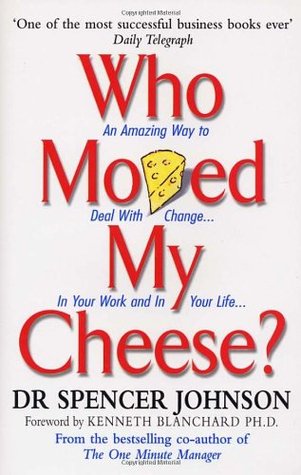News
Marketer Magazine: On The Record: Conducting Strong Interviews with the Media
Classical Structures: Lines and Boxes
Lines and boxes. An employee handbook that’s 100 pages. A form for every purpose and a purpose for every form. Purchase Orders. Reimbursements. PTO Requests with five signature lines. The form to fill out your t-shirt size for the free company schwag. When everyone knows the rules, the company should operate perfectly, shouldn’t it?
But what about when the landscape changes and a new competitor comes into the marketplace? Or we have to all go remote, and there’s no policy for that that’s been practiced and honed for 50 years.
The evolution of technology and consumers have caused many companies to face a lack of entrepreneurial thinking in their ranks with fear and uncertainty. Often, when the winds shift, employees think that keeping their heads down and focusing on executing the same work perfectly will make a difference.
In my career, these times of change have led to the opportunity to try something new without as much risk. Ironically, risk in a risky environment isn’t judged with the same bar as taking a chance in a stable environment.
As much as I love a tried and tested process for making sure the project (and company) are safe from all peril, when the market, consumers and company have changed, it’s the right time to experiment with new thinking.

While the metaphor is stale and the book is old, “Who Moved My Cheese?” is still the best framing of how to succeed when business becomes volatile, uncertain, complex and ambiguous.
But there are maps to use, even when things are strange. Good decision-making principles like Eisenhower’s Decision Matrix or any mental model from Shane Parrish is a good framework for making sure you make the best decisions when it seems like you’re working with 10% of the information you need.
Remember, the process was perfect when everything was predictable. Now it’s not.
